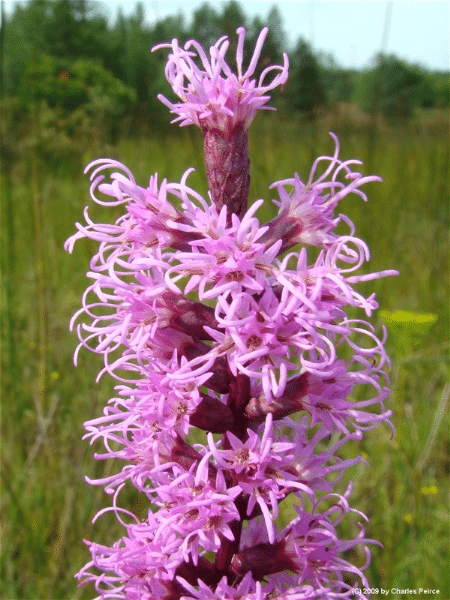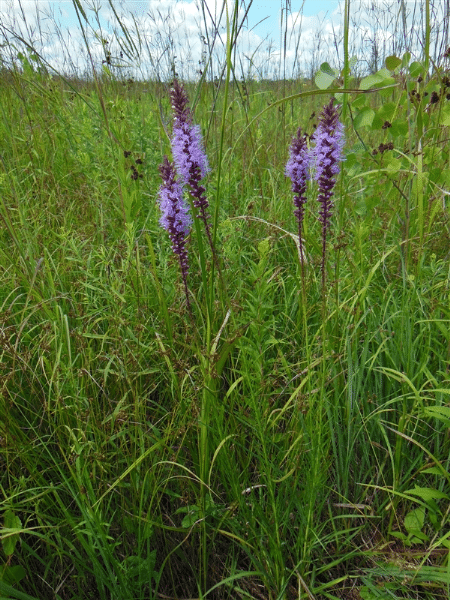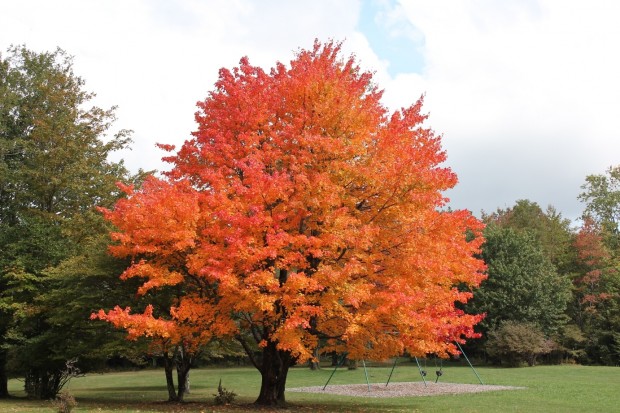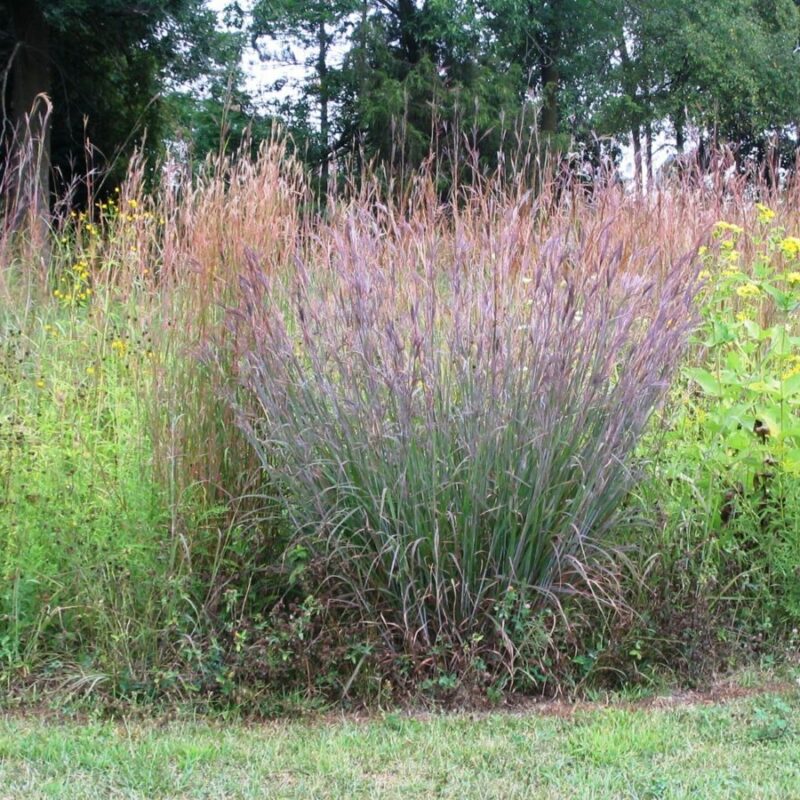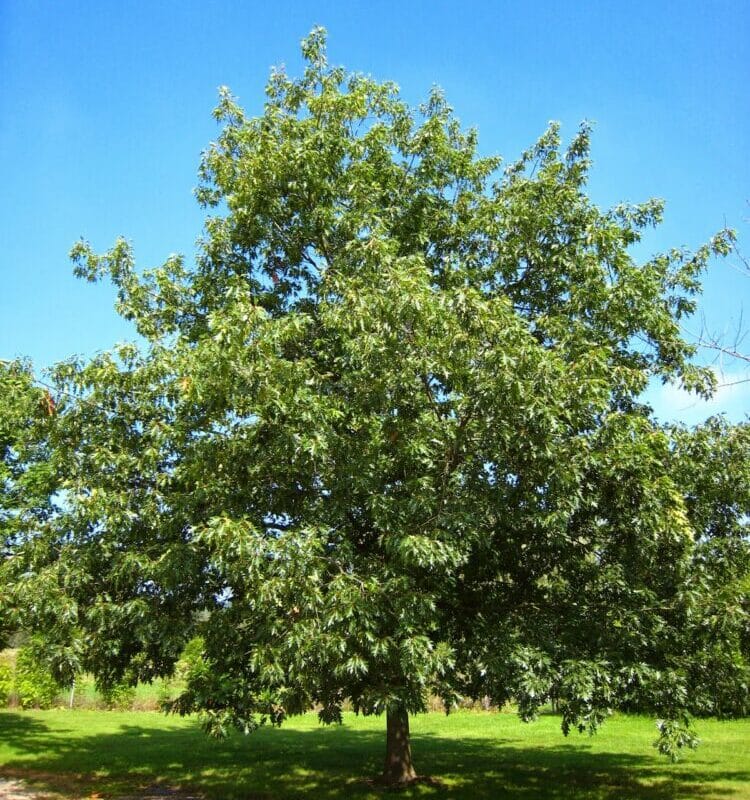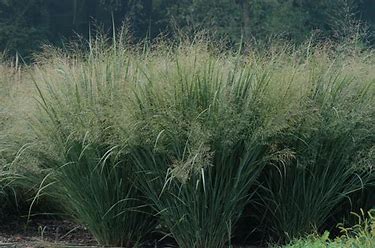Description
The most moisture-tolerant of Liatris species, this Blazing Star does equally well in sunny, well-drained garden sites. For about three weeks in mid- to late summer, it sports purple wands of stemless, crowded flowers, facing all directions and blossoming from the top of the stem down. Dense Blazing Star is its other common name. The alternating leaves of the plant are grass-like, up to 10” long and dense at the base, becoming smaller as they ascend the stem.
Easily grown in average, medium, well-drained soils in full sun. Somewhat tolerant of poor soils, but prefers moist, fertile ones and generally performs better in moist soils than most other species of Liatris. Intolerant of wet soils in winter. Tolerant of summer heat and humidity. May be grown from seed, but is slow to establish.
Liatris spicata, commonly called blazing star, dense blazing star or marsh blazing star, is a tall, upright, clump-forming perennial which is native to moist low grounds, meadows and marsh margins. It typically grows 2-4′ tall in cultivation, but can reach a height of 6′ in some parts of its native habitat. Features terminal spikes (6-12″ long) of sessile, rounded, fluffy, deep purple flower heads (each to 3/4″ across) appearing atop rigid, erect, leafy flower stalks. One or more stalks arise from a basal tuft of narrow, grass-like, medium green leaves (to 12″ long). Stem leaves gradually decrease in size toward the top. Blooms in summer. Liatris belongs to the aster family, with each flower head having only fluffy disk flowers (resembling “blazing stars”) and no ray flowers. The feathery flower heads of liatris give rise to another common name of gayfeather.
Click here for more information from USDA-NRCS.




